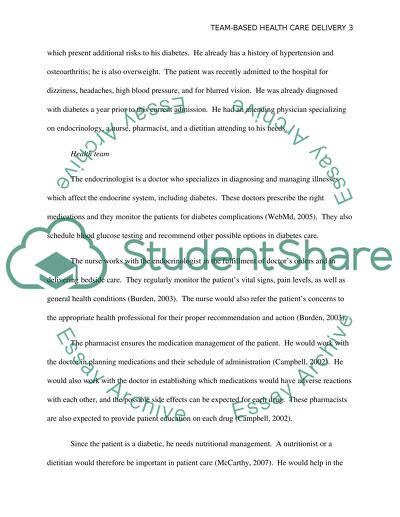Cite this document
(“Team-Based Health Care Delivery Term Paper Example | Topics and Well Written Essays - 1500 words”, n.d.)
Retrieved from https://studentshare.org/health-sciences-medicine/1446268-team-based-health-care-delivery
Retrieved from https://studentshare.org/health-sciences-medicine/1446268-team-based-health-care-delivery
(Team-Based Health Care Delivery Term Paper Example | Topics and Well Written Essays - 1500 Words)
https://studentshare.org/health-sciences-medicine/1446268-team-based-health-care-delivery.
https://studentshare.org/health-sciences-medicine/1446268-team-based-health-care-delivery.
“Team-Based Health Care Delivery Term Paper Example | Topics and Well Written Essays - 1500 Words”, n.d. https://studentshare.org/health-sciences-medicine/1446268-team-based-health-care-delivery.


